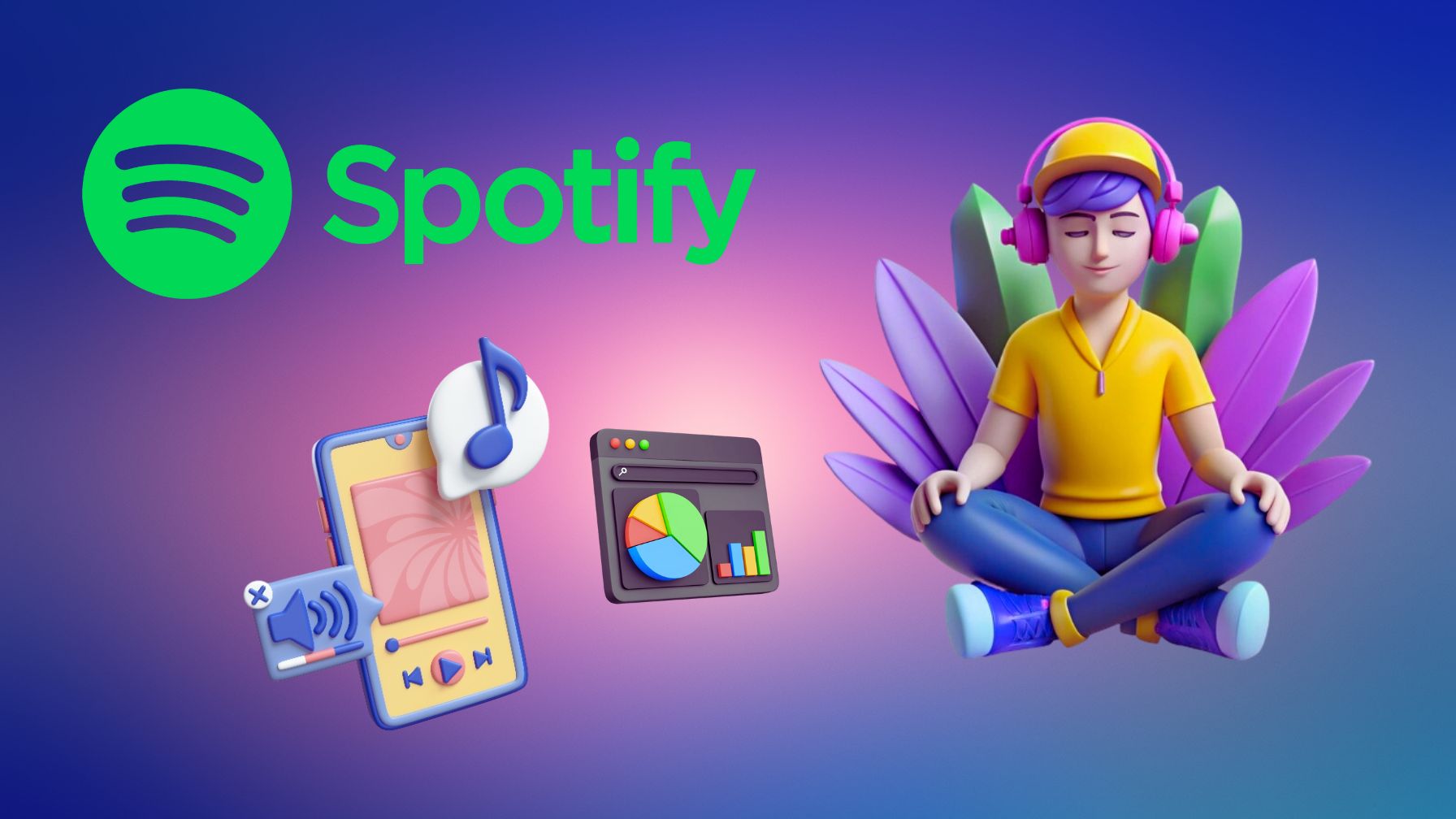Google Pixel Watch With the Wear OS 3 Tech giant Google’s in-house smartwatch Likely To Hit The Market Soon. here will let know the complete specification, design, Fitbit integration and Health tracking, Battery Life and more.
Sergey Brin and Larry Page, both PhD students at Stanford University in California, founded Google on September 4, 1998. They own approximately 14% of its publicly listed shares and 56% of the stockholder voting rights through super-voting stock. In 2004, the company was made public through IPO (initial public offering). In addition, Google was reorganized in 2015 as a wholly-owned subsidiary of Alphabet Inc. It is Alphabet’s largest subsidiary and is the holding company for Alphabet Company’s Internet properties and interests. On October 24, 2015, Sundar Pichai was appointed Chief Executive Officer (CEO) of Google, replacing Larry Page, who became the CEO of Alphabet Company. Sundar Pichai was also appointed CEO of Alphabet Inc. on December 3, 2019.
Google LLC is an American multinational technology company that focuses on search engine, artificial intelligence, and online advertising. It also offers computer software, cloud computing, e-commerce, quantum computing, and consumer electronics. Due to its data collection, market dominance, and technological advantages in artificial intelligence, it has been referred to as the “most powerful organization globally” and one of the world’s most valuable brands. The Google Company is considered one of the Big Five American information technology corporations, including Apple, Amazon, Microsoft, and Meta.
Google Company has not had great success with Wear OS so far. The fault lies mostly with itself because it neglected the platform for many years and didn’t release any significant updates. However, after last year’s merger of Wear OS and Tizen, the platform has made a comeback. Wear OS requires a hero device to make this transition smooth and successful. The Pixel Watch is expected to be launched by Google this year. This article includes everything that rumors have told us about the upcoming Google wearable.
Google Pixel Watch Design
According to the reports, the Pixel Watch will either be codenamed “Nightlight” or “Rohan” and will be designed to demonstrate the full power of Wear OS 3. Leaked renders courtesy of FrontPageTech’s Jon Prosser point to the wearable’s circular display and bezel-less design. It will have a circular knob on the right side that may use to navigate the UI and scroll through long lists. Google may offer the watch in different colors, including yellow, white, and orange. Given Jon Prosser’s track record is mixed, these leaked renders should be taken with a grain of salt.
Furthermore, the display size is unknown, but current leaks indicate that Google will only offer one size of a smartwatch. Some photos discovered in the Wear OS 3 emulator suggest ten different watch faces that could be available on the Pixel Watch; one of them includes Fitbit data integration.
According to another leak from the carrier database, the Pixel Watch can be offered 32GB of internal storage, which is double the Samsung Galaxy Watch4’s. The watch will be available in three colors: gold, black, and grey, according to the carrier database report. In addition, Google is rumored to be working on a cellular version of the watch.
Fitbit integration and Health tracking Google Pixel Watch
The Pixel Watch, like other smartwatches, should include a variety of health-related sensors, including an accelerometer, gyroscope, and heart-rate monitor. The wearable may provide a fitness monitoring experience comparable to other Wear OS wearables on the market; however, it is unknown whether it will record advanced metrics such as blood oxygen levels.
Google is working on Fitbit integration for Wear OS 3, which should be released along with the Pixel Watch. This means the Pixel Watch and other Wear OS 3 watch users will be able to sync their fitness data with the Fitbit and compete with their friends. The integration would be more valuable than depending on Google Fit because it does not evaluate the collected data as Fitbit does. So far, Google has not done much with its Fitbit acquisition, and the Pixel Watch could be an excellent place to start with this integration.
Google Pixel Watch Google Assistant Wear OS
The Samsung Galaxy Watch4 is currently the only smartwatch that runs Wear OS 3. However, it is a Samsung wearable rather than a Google one, and it lacks Google Assistant. The Pixel Watch could be the first gadget to use Google’s virtual assistant, which would help to set it apart from the other Wear OS devices on the market. Although Google’s virtual assistant will eventually be available on all Wear OS3 devices, some features may remain exclusive to Google’s smartwatch.
Battery Life and Chipset of Google Pixel Watch
According to the reports, the battery life will not be exceptional, but it should provide enough power to last for at least a day. This shouldn’t be surprising, considering that most smartwatches available in the market can last for around a day. Most worryingly, Watch OS will not support fast charging, which means it will take time to charge the battery.
Moreover, the Pixel Watch will be powered by a Tensor-branded chip. It will be built on the Exynos 5nm chip currently seen in the Galaxy Watch4, with some Google-specific changes tossed in for good measure.
Release Date and Price
There have been various claims regarding the Pixel Watch’s release date. The wearable could reveal in May at Google I/O 2022 or in June alongside the Pixel 6a. Jon Prosser’s recent tweets suggest that the launch will be in the autumn season along with the Pixel 7 series. Given contradicting information, it is tricky to determine when Google plans to unveil the Pixel Watch.
There is no information on how much the Pixel Watch will cost, but don’t expect it to be cheap. The consumer can expect around $250, similar to the Galaxy Watch4’s launch price, though 5G or LTE variations may cost considerably more. Don’t expect the watch to be accessible in all major markets worldwide, given Google’s recent history of introducing its Pixel products in only a few markets.








